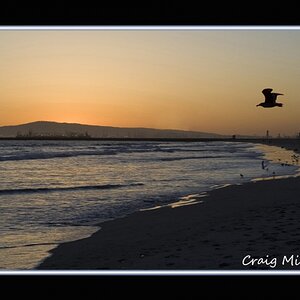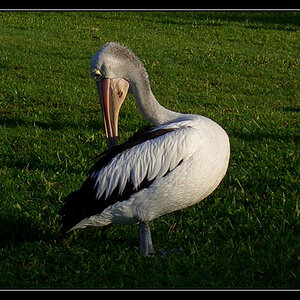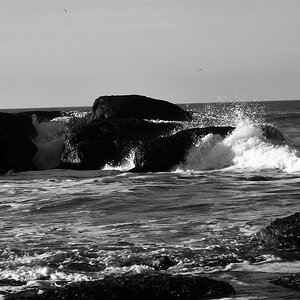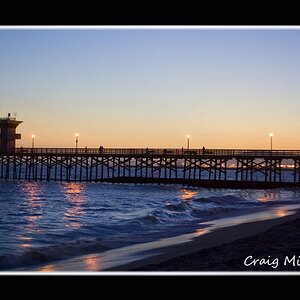Bill Thornhill
TPF Noob!
- Joined
- Oct 13, 2015
- Messages
- 11
- Reaction score
- 13
- Location
- Wooster Ohio
- Can others edit my Photos
- Photos NOT OK to edit
Hello All
I've only recently become aware of people scanning negatives so they can be adjusted digitally. This has rekindled my interest in film, but I wonder if anyone could give me an idea of how good a technique this is as regards to image quality, especially when it comes time to print the digital files?
I'm looking at getting into medium format but as I still have my old Nikon F 501 I may just dust that off first.
I've only recently become aware of people scanning negatives so they can be adjusted digitally. This has rekindled my interest in film, but I wonder if anyone could give me an idea of how good a technique this is as regards to image quality, especially when it comes time to print the digital files?
I'm looking at getting into medium format but as I still have my old Nikon F 501 I may just dust that off first.







 Why didn't they just say that in the first place? Reinvent the wheel, get a copy stand, so much for reading the article.
Why didn't they just say that in the first place? Reinvent the wheel, get a copy stand, so much for reading the article. 
![[No title]](/data/xfmg/thumbnail/42/42471-71fb529e01fae8170cc2a98655bd05e7.jpg?1619740193)



![[No title]](/data/xfmg/thumbnail/32/32706-50b778fbc110c8ea4472547d54c6a923.jpg?1619735610)

![[No title]](/data/xfmg/thumbnail/37/37636-e02c7efccb426a8951ed97a37c0f9307.jpg?1619738157)




